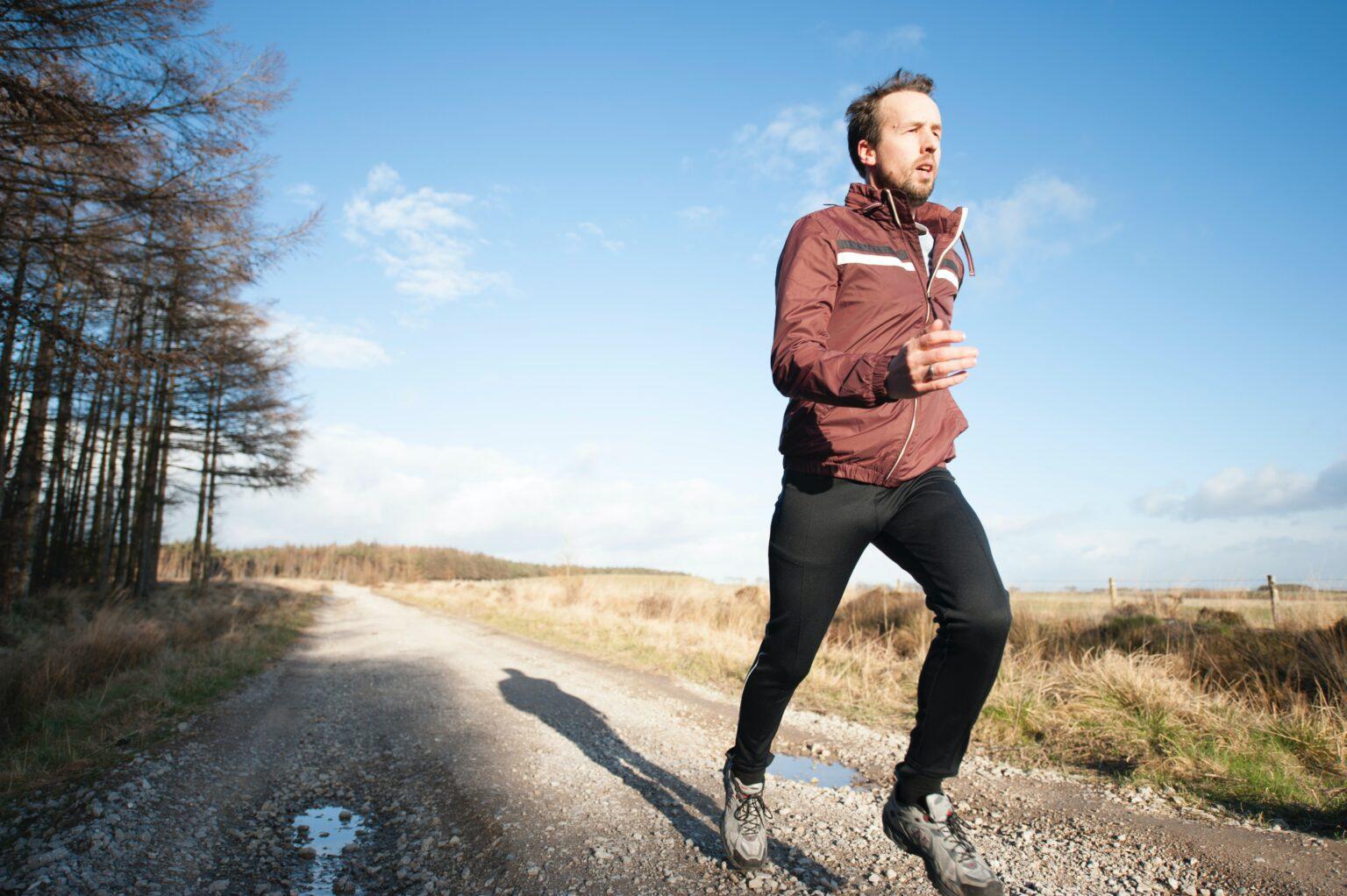In a world where teamwork and collaboration often take the spotlight, solo sport stand as a testament to individual prowess and determination. Engaging in activities like running, swimming, or cycling can be a profoundly rewarding experience, offering numerous physical and mental benefits. This article explores the world of solo sports, highlighting their advantages and providing insights on how to get started.
The Benefits of Solo Sports
Physical Health
Solo sports are excellent for improving physical health. Regular engagement in activities like running, swimming, or cycling helps to boost cardiovascular fitness, increase stamina, and shed those extra pounds. These sport allow individuals to set their own pace, making them accessible to people of all fitness levels.
Mental Well-being
The benefits of solo sport extend beyond the physical realm. They play a pivotal role in enhancing mental well-being by reducing stress, anxiety, and depression. Engaging in solitary activities provides an opportunity for introspection, self-reflection, and mental rejuvenation.
Popular Solo Sport
Running
Running is one of the most popular solo sport. All you need is a good pair of running shoes, and you can hit the pavement anytime, anywhere. It’s an excellent cardiovascular exercise and a great way to clear your mind.
Swimming
Swimming is not only a fantastic full-body workout but also a great way to beat the heat. The soothing effect of water can help you relax and stay fit.
Cycling
Cycling is not only an eco-friendly mode of transportation but also a fantastic solo sport. It’s a low-impact exercise that’s easy on the joints and offers the freedom to explore your surroundings.
The Importance of Self-Motivation
One of the key elements in solo sport is self-motivation. Without the push from a team or coach, individuals need to find their internal drive to stay committed to their chosen sport. Setting personal goals and tracking progress can be highly motivating.
Building Discipline and Resilience
Engaging in solo sport builds discipline and resilience. It requires dedication, perseverance, and the ability to bounce back from setbacks. These skills are transferable to other aspects of life, making solo sports a great personal development tool.
How to Get Started
Setting Goals
Before embarking on a solo sport journey, it’s crucial to set clear and achievable goals. Whether it’s completing a marathon, swimming a specific distance, or cycling a particular route, goals provide a sense of purpose.
Choosing the Right Sport
Selecting the right solo sport is a personal decision. Consider your interests, physical condition, and the resources available in your area. Exploring different sports can help you find the one that suits you best.
Overcoming Challenges
Loneliness
While solo sport offer independence, they can sometimes lead to feelings of loneliness. To overcome this, consider joining local clubs or online communities related to your chosen sport. This way, you can connect with like-minded individuals.
Self-Doubt
Self-doubt can be a significant challenge in solo sport. It’s essential to remember that progress takes time, and setbacks are a part of the journey. Surround yourself with supportive people and keep a positive mindset.
Staying Safe and Injury-Free
Prioritizing safety and injury prevention is crucial in solo sports. Ensure you have the necessary equipment, and follow safety guidelines. Pay attention to your body, and don’t overexert yourself.
The Role of Technology
Technology plays a vital role in solo sport. Wearable fitness trackers, apps, and online platforms can help you monitor your progress, set new challenges, and connect with fellow athletes.
Finding Community in Solo Sport
Solo sports don’t mean you have to go it entirely alone. Many solo athletes find a sense of community and camaraderie in group events, races, and social gatherings related to their sport.
Solo Sports and Stress Relief
Engaging in solo sport provides an excellent way to alleviate stress. The physical activity, coupled with the tranquility of being on your own, can help you unwind and find balance in a hectic world.
The Future of Solo Sports
As our lives become increasingly fast-paced and digital, the future of solo sport appears bright. More people are recognizing the value of solo sports in maintaining physical and mental health, and the industry continues to evolve with new technologies and trends.
Conclusion
In conclusion, solo sport offer a remarkable opportunity for self-discovery, personal growth, and holistic well-being. Engaging in activities like running, swimming, and cycling not only enhances physical fitness but also provides a much-needed escape from the stresses of daily life. The journey may be solitary, but the rewards are abundant.
FAQs
- Are solo sports suitable for all ages and fitness levels?
Yes, solo sport are highly adaptable and can be enjoyed by individuals of all ages and fitness levels.
- How can I stay motivated when participating in solo sport?
Setting goals, tracking progress, and finding a supportive community can help you stay motivated.
- What safety precautions should I take in solo sport?
Prioritize safety by wearing appropriate gear, following guidelines, and listening to your body to prevent injuries.
- Are there any specific tips for beginners in solo sports?
Start slowly, choose a sport that interests you, and don’t be discouraged by initial challenges.
- Can I engage in solo sports even if I have a busy schedule?
Yes, solo sports offer flexibility, allowing you to fit them into your schedule at your convenience.





